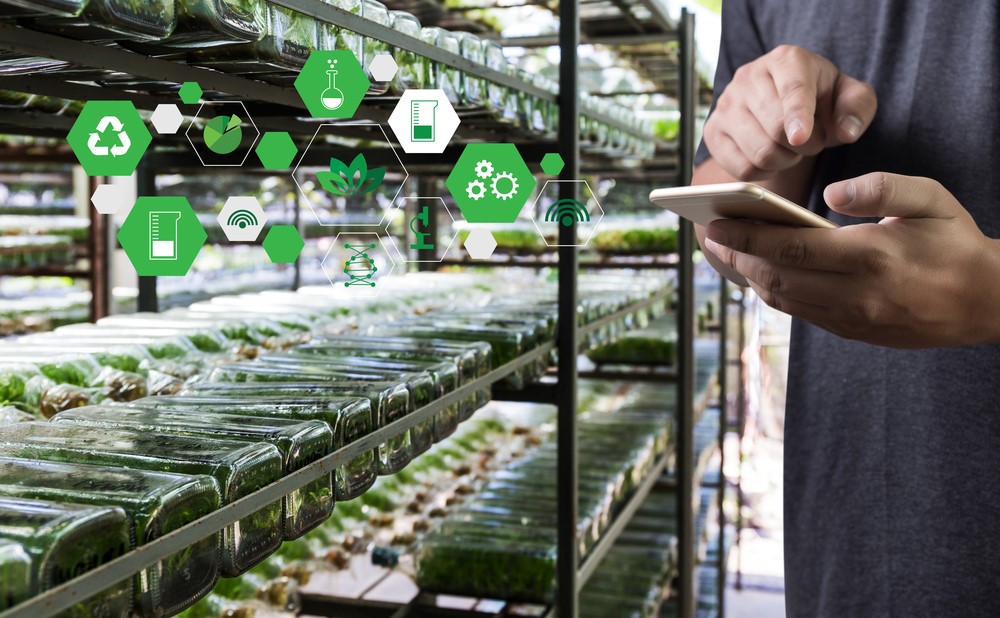The Internet of Things (IoT) in the agriculture market is set to reach approximately USD 51 billion by 2032, witnessing substantial growth from its USD 13.5 billion value in 2022.
This growth is projected at a Compound Annual Growth Rate (CAGR) of 14.6% during the forecast period spanning from 2023 to 2032.
The incorporation of smart devices and sensors has ushered in a new era of innovation in the IoT agriculture market. This convergence has transformed traditional agricultural practices, enhancing productivity and sustainability.
This transformation is made possible through the integration of solutions like drones, data analytics platforms, and intelligent irrigation systems. The core objective of IoT is to optimize resource utilization, minimize waste, and elevate crop yields.
The pressing need for the agriculture sector to address the challenges of a burgeoning global population underscores the critical significance of IoT solutions. These solutions offer real-time insights into pivotal factors such as soil moisture, enabling informed decisions that drive increased crop yields.
Driving Factors
Technological Advancements in Sensors and Connectivity: The rapid evolution of sensor technology and connectivity solutions is accelerating the adoption of IoT in agriculture. These innovations facilitate the seamless integration of data-driven solutions into agricultural practices.
Increasing Adoption of Data-Driven and Automated Farming Techniques: The trend toward adopting data-driven and automated farming techniques is propelling the demand for IoT in agriculture. Farmers are embracing these solutions to enhance efficiency and productivity.
However, challenges arise from the integration of diverse IoT devices and systems. The existence of different protocols, interfaces, and compatibility requirements complicates communication between these entities. To surmount this challenge, a collective industry effort is imperative to establish open standards and protocols that promote seamless interoperability.
As IoT continues to reshape the agriculture landscape, its potential to drive innovation, sustainability, and heightened productivity remains evident, setting the stage for a more connected and optimized future.


Comments are closed.